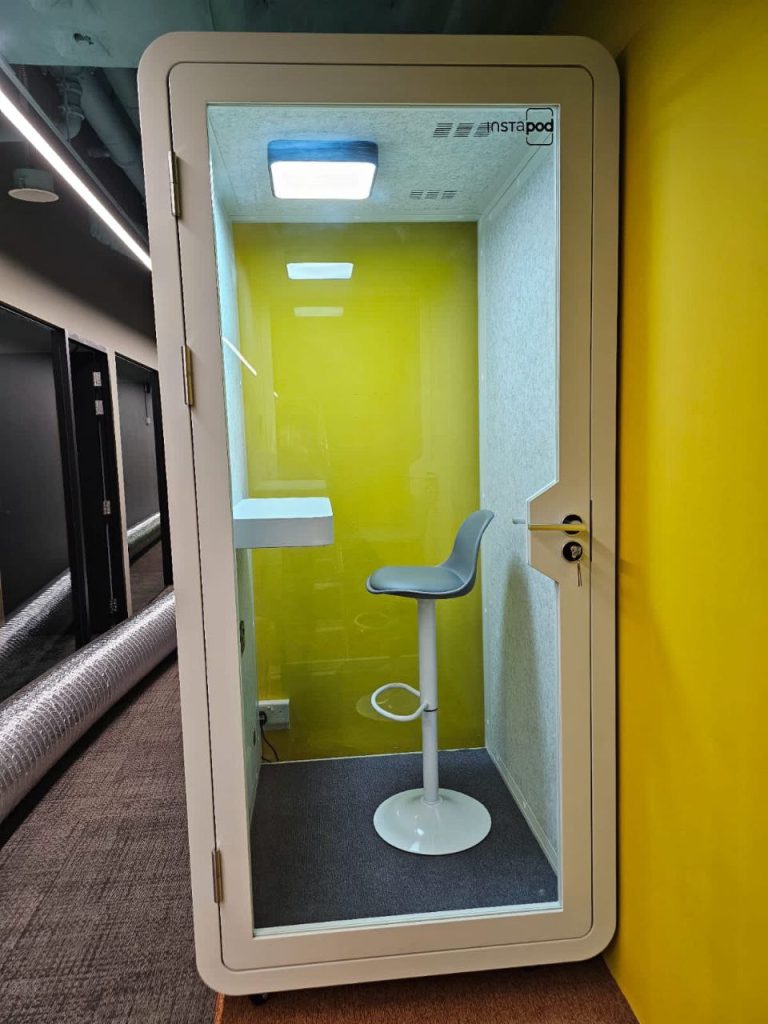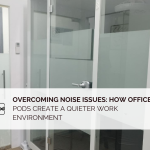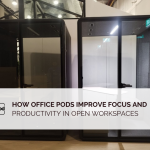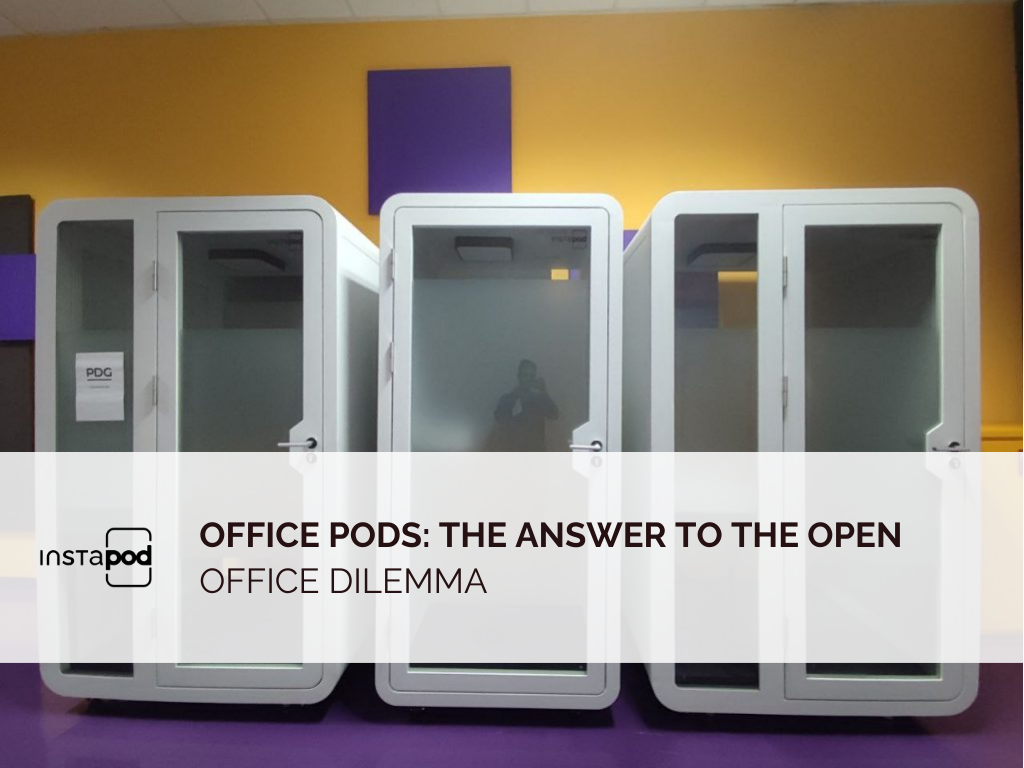No pods added to your quote request yet. Add some now for a free quote!
Office Pods: The Answer to the Open Office Dilemma

The modern workplace has evolved significantly over the past few decades. From cubicles to open offices, each design iteration has attempted to balance collaboration with individual productivity. However, as open office plans became the dominant trend, the challenges they present became increasingly apparent. The lack of privacy, noise distractions, and difficulty in focusing are common complaints among employees working in these environments. In response to these issues, a new solution has emerged that promises to address the shortcomings of open offices: office pods.
The Rise of the Open Office
Open office layouts were initially praised for their ability to foster collaboration, creativity, and transparency among employees. By removing physical barriers, companies hoped to encourage spontaneous interactions and a free flow of ideas. This design was also cost-effective, allowing organizations to maximize the use of space and accommodate more employees in smaller areas.
However, the reality of working in an open office often fell short of these expectations. Employees began to report higher levels of stress and dissatisfaction due to constant interruptions and the inability to focus. Research has shown that noise and visual distractions in open offices can significantly reduce productivity and increase the likelihood of errors. In fact, a study published in the Journal of Environmental Psychology found that employees in open offices took 62% more sick days compared to those in private offices, likely due to the stress and lack of privacy.
The Need for a Balanced Workspace
As the drawbacks of open offices became more evident, companies began to search for ways to create a more balanced work environment. The goal was to maintain the collaborative benefits of open offices while providing spaces for focused, individual work. Enter the office pod.
Office pods are self-contained, modular workspaces designed to offer privacy and reduce distractions. These pods come in various sizes, from small phone booths for private calls to larger pods that can accommodate several people for meetings or group work. They are typically soundproof and equipped with comfortable seating, power outlets, and other amenities, making them ideal for focused work, video conferences, or confidential discussions.
Benefits of Office Pods
- Privacy and Focus: One of the most significant advantages of office pods is the privacy they provide. In an open office, it can be challenging to find a quiet space to concentrate or have a confidential conversation. Office pods offer a retreat from the noise and distractions, allowing employees to focus on their tasks without interruptions. This can lead to increased productivity and a higher quality of work.
- Flexibility: Office pods are incredibly versatile and can be easily integrated into existing office layouts. They can be moved and reconfigured as needed, making them a flexible solution for dynamic work environments. Whether it’s creating a quiet zone in a bustling office or setting up temporary meeting spaces, office pods can adapt to the changing needs of a company.
- Enhanced Collaboration: While open offices are designed to encourage collaboration, the lack of privacy can sometimes hinder open discussions and brainstorming sessions. Office pods provide a private space where teams can collaborate without the pressure of being overheard or interrupted. This can lead to more creative and productive meetings.
- Improved Employee Well-being: The stress of working in a noisy, distracting environment can take a toll on employees’ mental health. Office pods offer a respite from the chaos, providing a quiet space where employees can recharge and decompress. This can lead to improved well-being, job satisfaction, and reduced turnover rates.
5. Cost-Effective Solution: For companies that want to provide private workspaces without the expense and disruption of building traditional offices, office pods are an attractive option. They are relatively affordable, quick to install, and do not require any major renovations. This makes them a cost-effective way to enhance the work environment.
The Future of Office Design
As companies continue to adapt to the changing needs of the modern workforce, the demand for flexible, employee-centered workspaces is likely to grow. Office pods represent a step in this direction, offering a solution to the challenges posed by open office layouts while maintaining the benefits of collaboration and flexibility.
In the future, we can expect to see more companies embracing hybrid office designs that combine the best of both worlds. By incorporating office pods into their layouts, businesses can create a more balanced work environment that caters to the diverse needs of their employees. Whether it’s for focused work, private meetings, or just a quiet place to think, office pods are poised to become an essential feature of the modern workplace.
Conclusion
The open office dilemma has sparked a reevaluation of how workspaces are designed. While open offices offer many benefits, they also come with significant drawbacks that can impact productivity and employee well-being. Office pods offer a practical solution to these challenges, providing a private, flexible, and cost-effective alternative. As the workplace continues to evolve, office pods are likely to play a key role in creating environments that support both collaboration and individual productivity.
Check these out too!
-
 The Role of Meeting Pods in Agile Work Environments: Flexibility and AdaptabilitySeptember 26, 2024/0 Comments
The Role of Meeting Pods in Agile Work Environments: Flexibility and AdaptabilitySeptember 26, 2024/0 Comments -
 How Office Pods Improve Focus and Productivity in Open WorkspacesSeptember 16, 2024/
How Office Pods Improve Focus and Productivity in Open WorkspacesSeptember 16, 2024/ -


